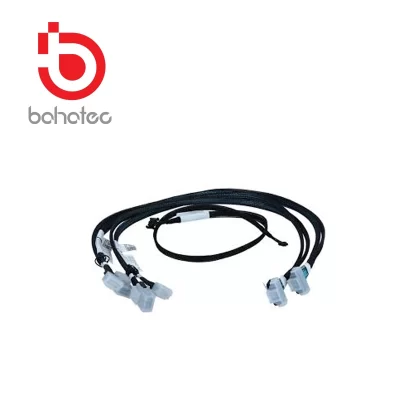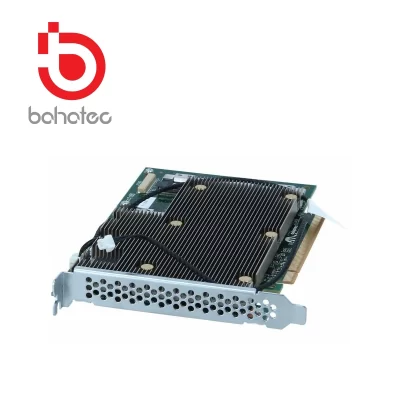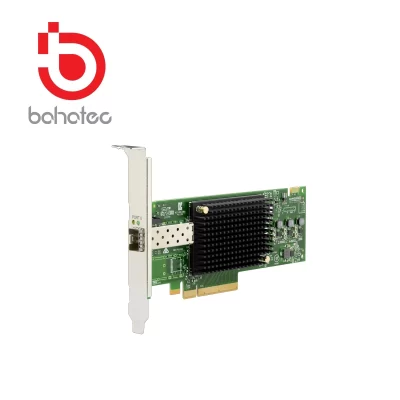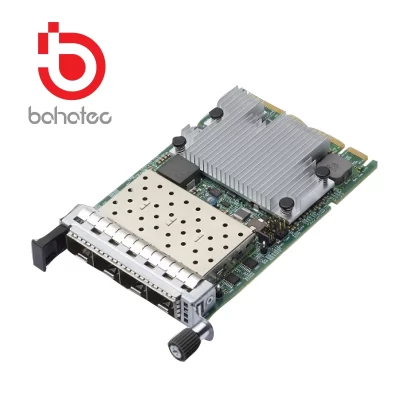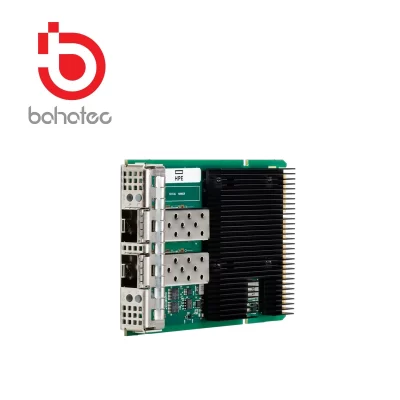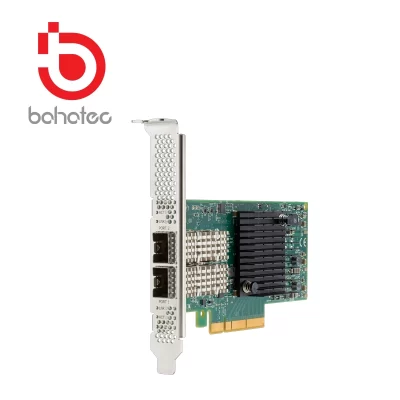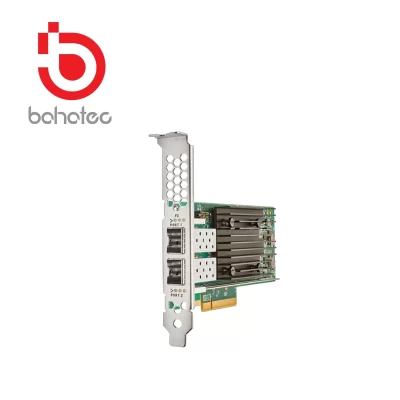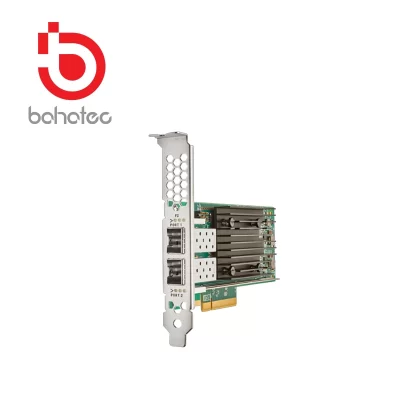HPE NS204i‑u Internal Cable Kit P52152-B21
Optimize your HPE DL380 Gen11 server with the P52152-B21 cable kit. It enables seamless integration of the NS204i-u NVMe boot device, freeing up drive bays and boosting boot performance. Enhance your server's efficiency today!
Ready to streamline your server's storage? Purchase this essential kit now!
HPE SR932i-p SPDM Storage Controller P47184-B21
Unleash extreme storage performance in your HPE Gen11 server with the HPE SR932i-p Gen11 x32 Lanes 8GB Wide Cache Storage Controller (P47184-B21). Supporting NVMe, SAS, and SATA with 8GB cache, it delivers unmatched speed, flexibility, and security for your most demanding applications.
Ready for ultimate storage power? Contact us to purchase this essential upgrade today!
HPE SN1610E 32Gb 1p FC HBA R2J62A
Unleash your storage with the HPE SN1610E 32Gb 1-port Fibre Channel HBA (R2J62A). This adapter delivers blazing-fast 32GbFC speeds for HPE Gen10 Plus/Gen11 servers, accelerating databases, virtualization, and all-flash arrays. Get superior performance and data integrity for your critical workloads.
Buy this HBA server card from us now!
BCM 57504 10/25GbE 4p SFP28 OCP3 Adptr P26269-B21
Supercharge your data center with the Broadcom BCM57504 10/25Gb 4-port SFP28 OCP3 Adapter (P26269-B21). This powerful card delivers blazing-fast 25GbE speeds across four ports, perfect for demanding virtualization, storage, and HPC workloads.
Ready for extreme performance? Contact us today to order your adapter!
BCM 57414 10/25GbE 2p SFP28 Adptr P26256-B21
Boost your HPE server's networking with the Broadcom BCM57412 10Gb 2-port SFP+ OCP3 Adapter (P26256-B21). Get reliable, high-speed 10GbE connectivity, optimized for virtualization and efficiency.
Ready to enhance your server performance? Contact us today to purchase!
BCM 57414 10/25GbE 2p SFP28 Adptr P26262-B21
Looking to supercharge your network? The Broadcom BCM57414 Ethernet 10/25Gb 2-port SFP28 Adapter (P26262-B21) delivers blazing-fast 25GbE performance and efficiency for demanding data center and enterprise needs. Upgrade your infrastructure with this powerful solution.
Contact us!
HPE SN1610Q 32Gb 1p FC HBA R2E08A
Supercharge your storage with the HPE SN1610Q 32Gb 1-port Fibre Channel HBA (R2E08A). Experience unparalleled speed and reliability for your critical applications and virtualized environments on HPE ProLiant servers. Ready to upgrade your SAN connectivity? Contact us now to purchase!
HPE SN1610Q 32Gb 2p FC HBA R2E09A
Unleash extreme performance with the HPE SN1610Q 32Gb 2-port Fibre Channel HBA (R2E09A). Experience lightning-fast data transfers and superior reliability for your demanding SAN workloads. This PCIe 4.0 adapter is perfect for virtualization and databases. Upgrade your connectivity today – contact us to purchase!
Contact us!
HP servers are known for their reliability and performance, and a significant part of their success lies in the quality of their components and accessories. Let’s take a look at some of the key components that contribute to the overall performance and efficiency of HP servers:
Network Cards
Network cards, or NICs, are the gateways that connect your HP server to a network. They allow your server to communicate with other devices and access network resources. HP offers a wide range of NICs, from basic 1Gb Ethernet to high-speed 100Gb Ethernet and InfiniBand adapters.


